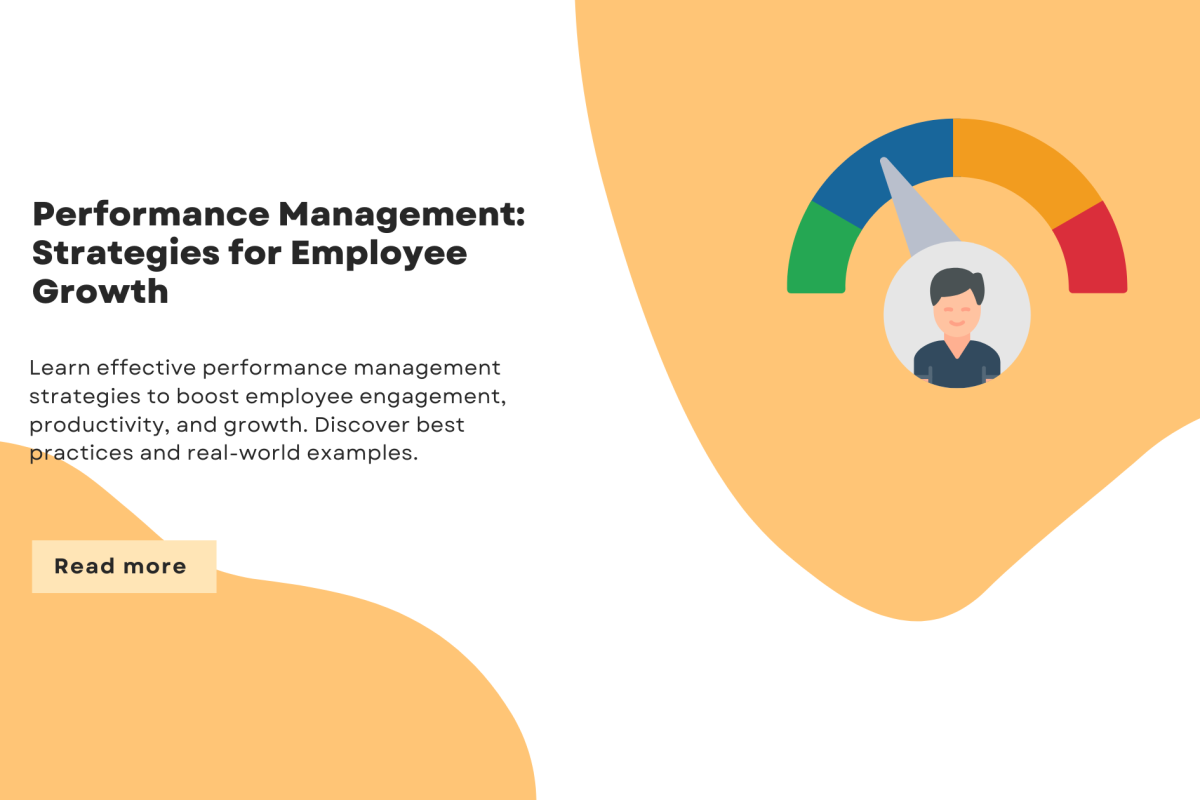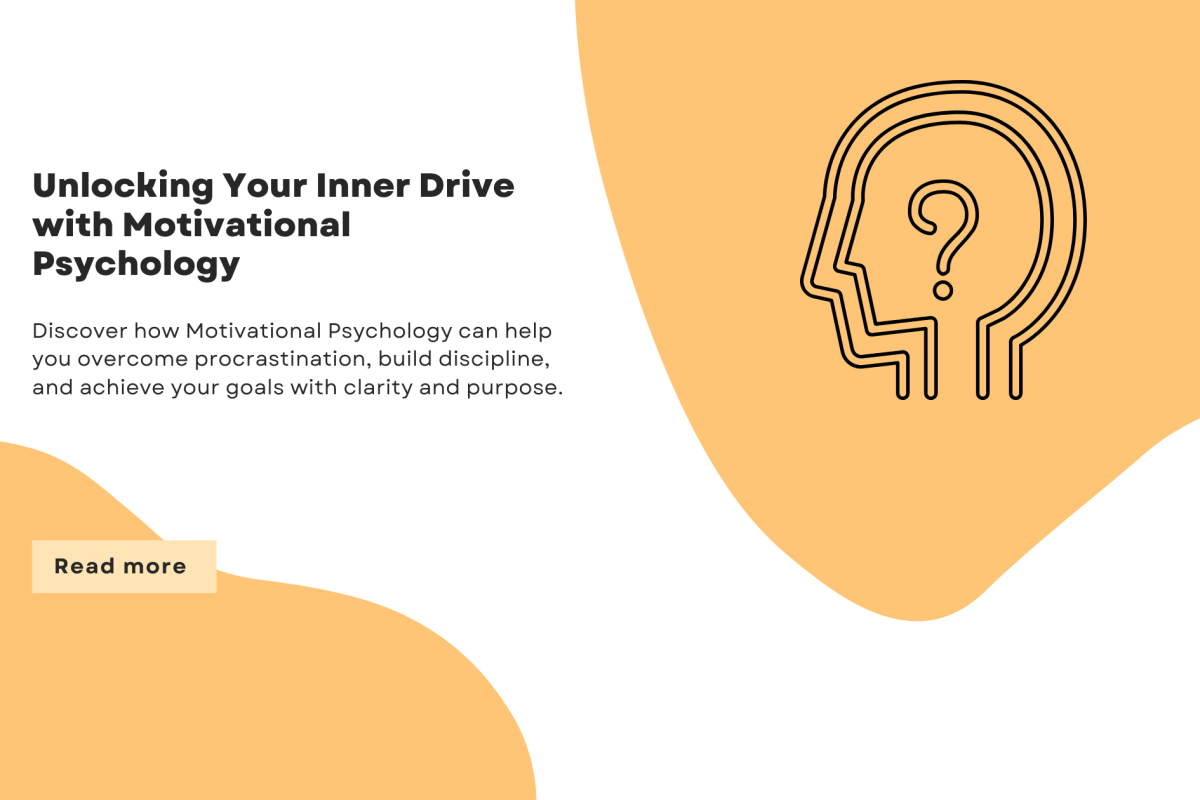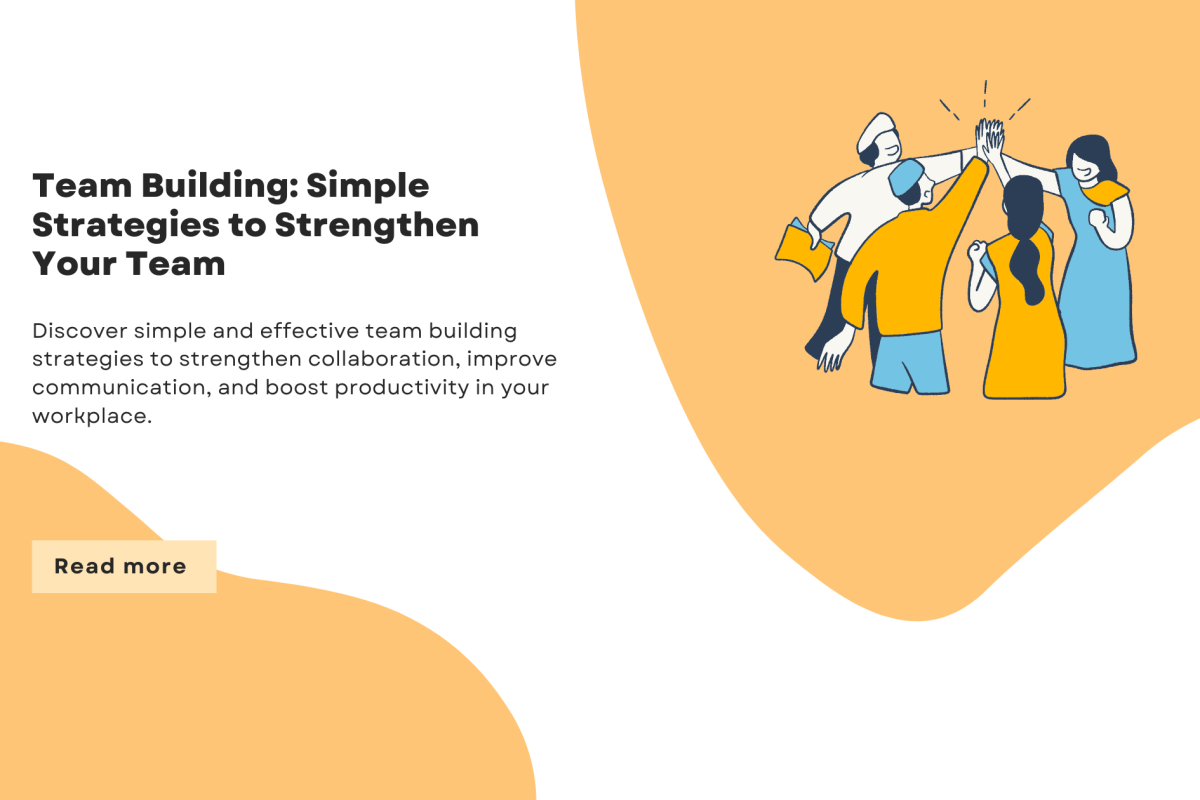In 2025, businesses face a rapidly changing landscape that demands flexibility, speed, and innovation. When it comes to project management, choosing the right methodology is crucial for success. The debate between Agile vs Traditional Project Management continues as companies weigh their options.
Understanding Traditional Project Management
Traditional project management—also known as the Waterfall model—follows a linear, sequential approach. It’s been widely used for decades, especially in construction, manufacturing, and large-scale IT projects.
Characteristics of Traditional PM
- Fixed scope, time, and budget
- Defined phases: initiation, planning, execution, monitoring, closure
- Emphasis on documentation and control
This model is ideal when requirements are clear, and changes are unlikely.
What Is Agile Project Management?

Agile is a flexible, iterative approach that focuses on customer feedback, continuous improvement, and adaptive planning. Originating from software development, Agile is now used across industries.
Key Features of Agile
- Iterative cycles or “sprints”
- Flexibility to change scope mid-project
- Emphasis on collaboration and customer feedback
- Lightweight documentation and fast delivery
Agile works well in environments where innovation and change are constant.
Comparing Agile and Traditional Approaches
Understanding the differences helps businesses choose the most suitable methodology.
Agile vs Traditional PM: Side-by-Side
| Feature | Agile | Traditional |
| Flexibility | High | Low |
| Planning Style | Adaptive | Predictive |
| Customer Involvement | Continuous | At milestones |
| Documentation | Minimal | Comprehensive |
| Team Structure | Cross-functional, self-managed | Hierarchical |
Each model offers unique advantages depending on the project’s complexity and nature.
Which Method Fits Your Business?
Choose Agile if:
- Projects involve frequent changes
- Customer feedback is essential
- You need to release products incrementally
Choose Traditional if:
- Scope and requirements are stable
- Projects are regulatory or safety-critical
- Budget and time constraints are strict
Many businesses are adopting a hybrid approach, blending Agile and Traditional to get the best of both worlds.
Tools Supporting Agile and Traditional Methods
In 2025, digital tools are optimized for various PM styles.
Popular Agile Tools
- Jira
- Trello
- ClickUp
Popular Traditional PM Tools
- Microsoft Project
- Smartsheet
- Primavera
Choosing the right tool depends on your team’s workflow, reporting needs, and project scale.
Conclusion
Agile vs Traditional project management: In the evolving business world of 2025, there’s no one-size-fits-all approach to project management. The right choice between Agile vs Traditional depends on your project’s goals, risks, and constraints. Leaders should assess their organizational needs and consider hybrid models to stay adaptable and competitive.
Frequently Asked Questions
1. Is Agile always better than traditional project management?
No, Agile is better for dynamic projects. Traditional PM works well for stable, linear projects.
2. Can I combine Agile and Traditional methods?
Yes, many companies use hybrid models to balance structure and flexibility.
3. What industries benefit most from Agile?
Tech, marketing, and creative industries benefit greatly from Agile methodologies.
4. How does documentation differ between Agile and Traditional?
Agile keeps documentation minimal and iterative, while Traditional emphasizes detailed documentation.
5. Which is easier to implement for new teams?
Agile can be easier due to its adaptability, but it requires a cultural shift. Traditional PM is more structured but can be rigid.



